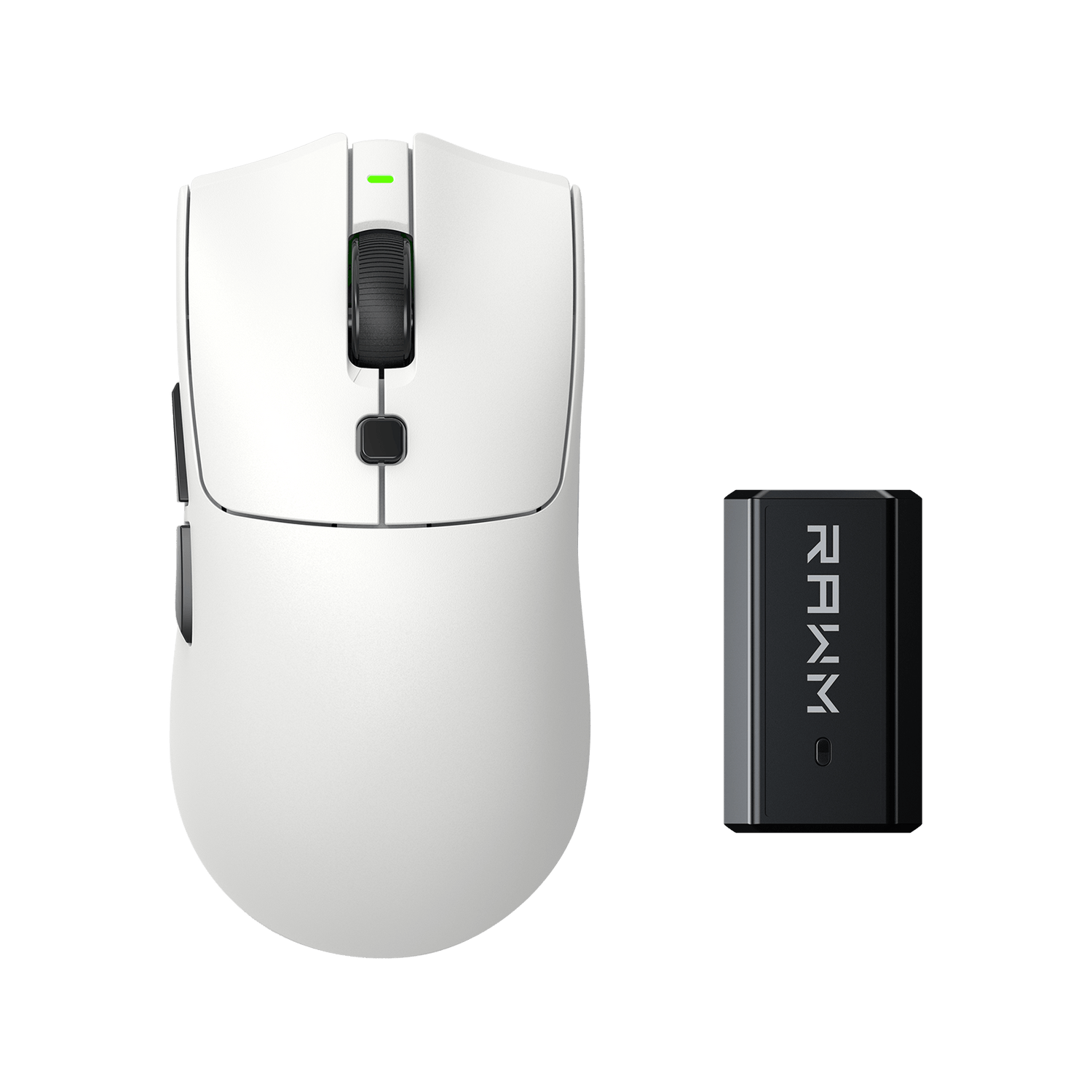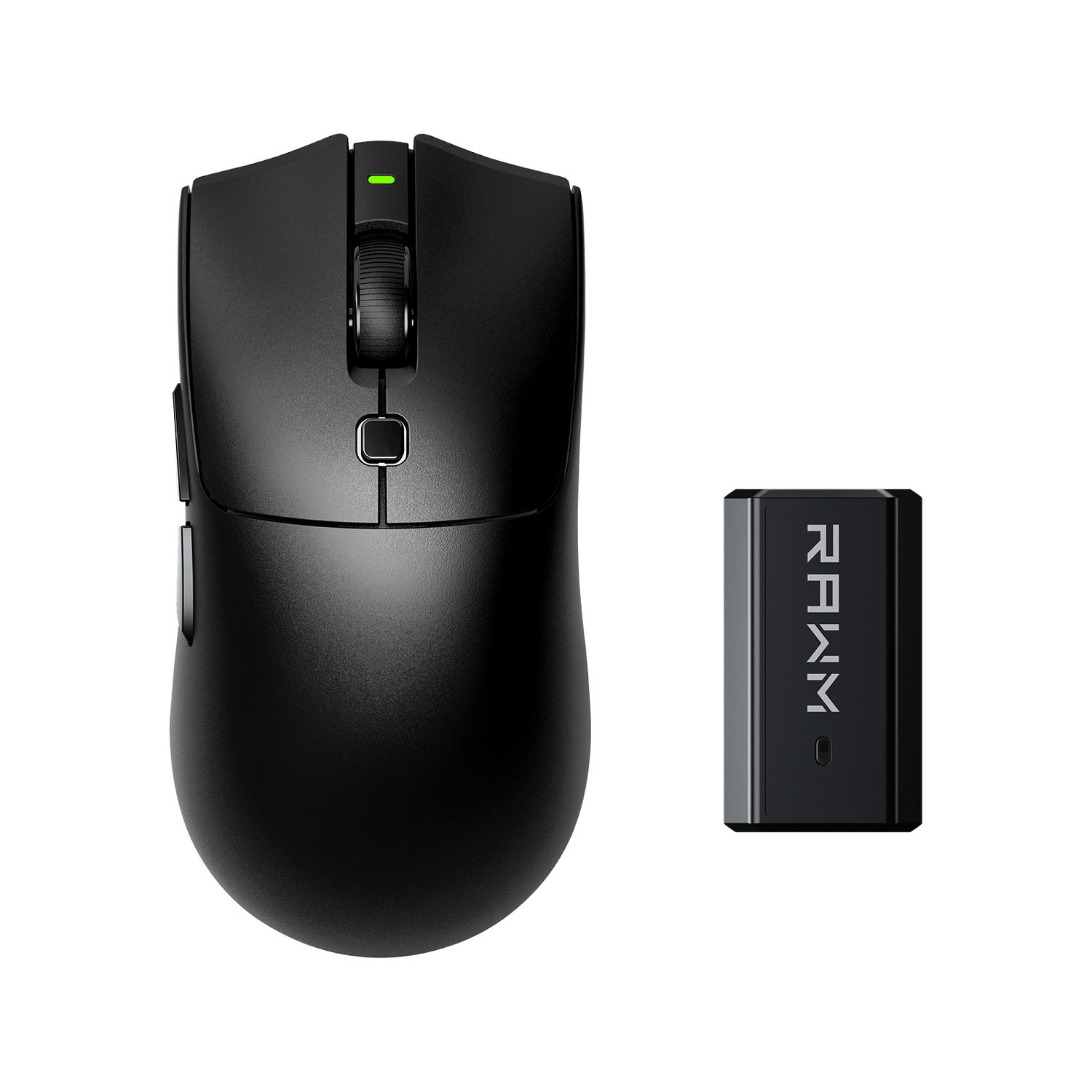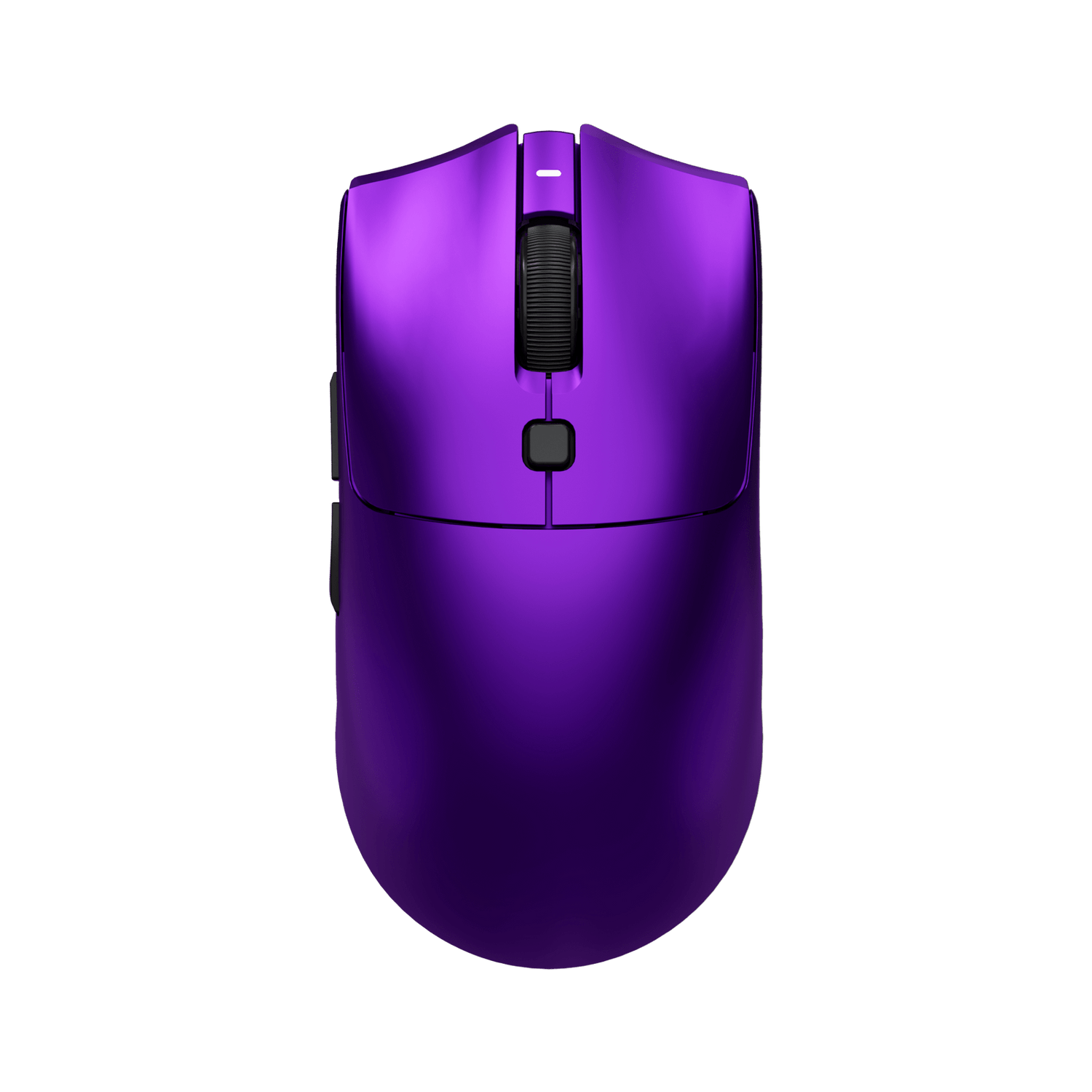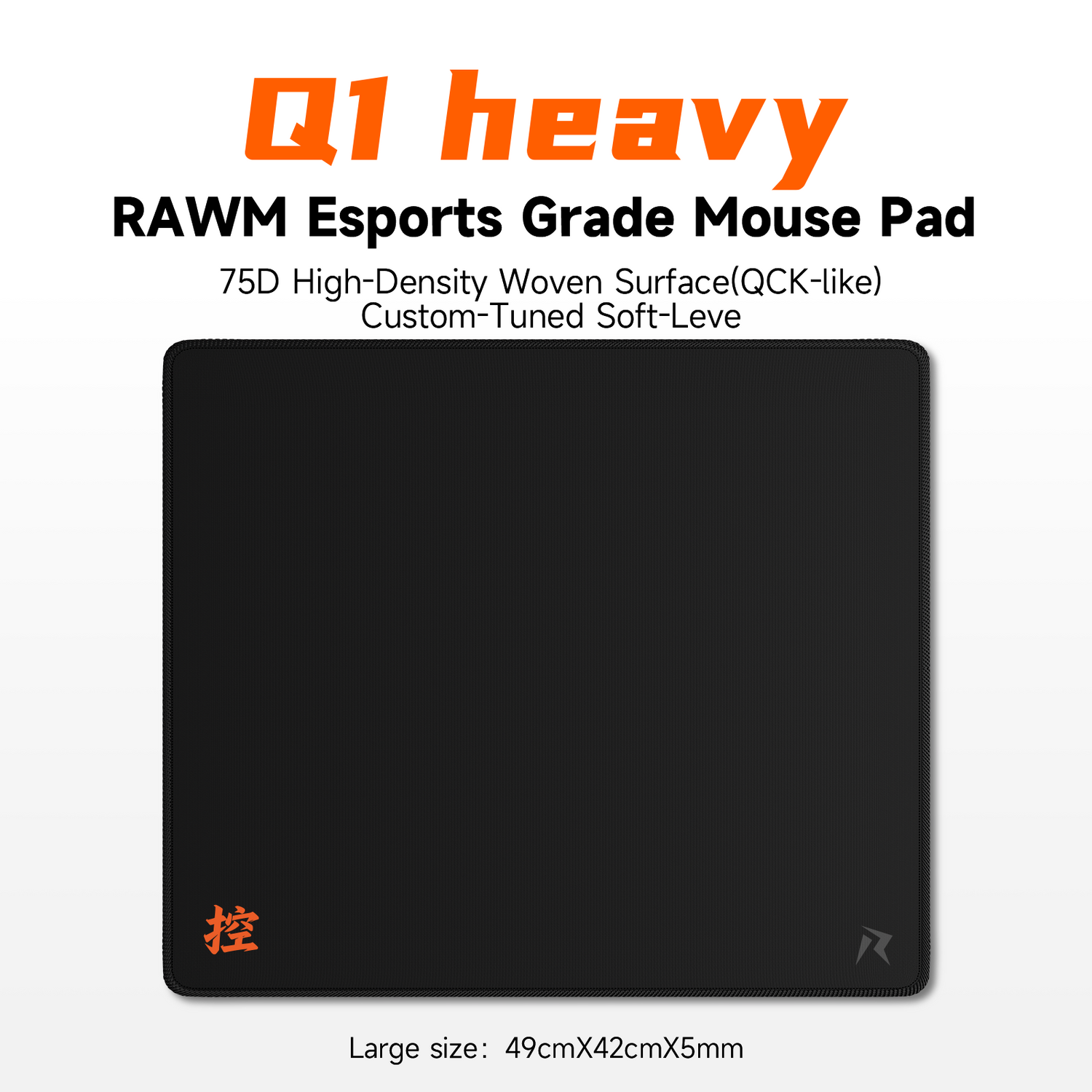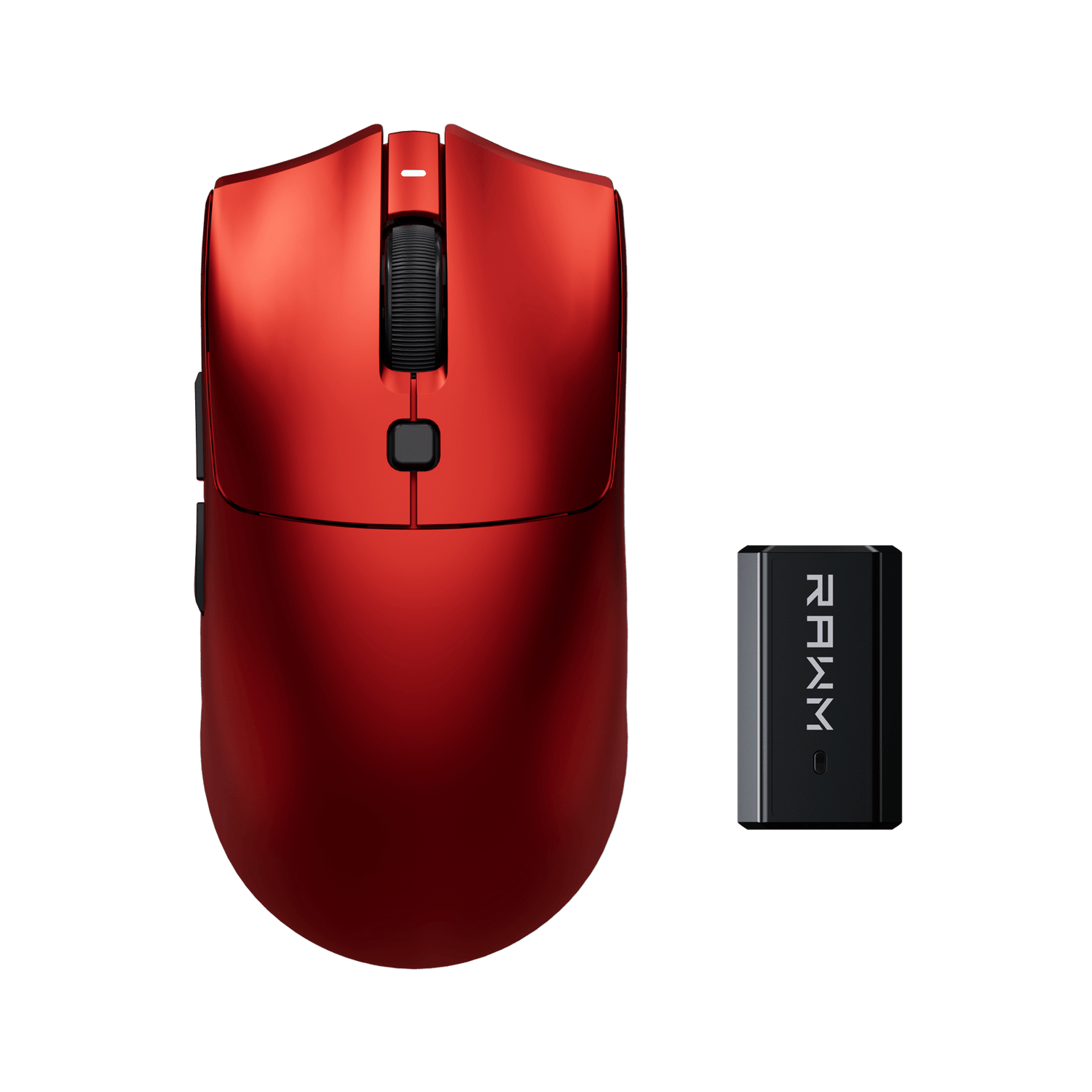
How Long Does a Gaming Mouse Last?
- 1. Average Lifespan of a Gaming Mouse: How Long Can You Expect It to Last?
- 2. What Makes a Gaming Mouse Wear Out Faster?
- 3. How to Extend the Lifespan of Your Gaming Mouse
- 4. How Can You Tell When It’s Time to Replace Your Gaming Mouse?
- 5. How to Choose a Gaming Mouse with a Long Lifespan
- 6. How Long Should Your Gaming Mouse Last?
As a gamer, your gaming mouse is one of the most crucial pieces of equipment in your setup. Whether you’re exploring vast open worlds or competing in fast-paced FPS matches, your gaming mouse is your primary tool for precise movements. But have you ever wondered how long a gaming mouse can last?
A gaming mouse’s lifespan depends on several factors, including build quality, usage, and maintenance. It’s important to understand how long your gaming mouse will last, so you can ensure it continues to perform well for the long haul. In this article, we will discuss the average gaming mouse lifespan, the factors that influence it, and how you can extend the life of your gaming mouse.
1. Average Lifespan of a Gaming Mouse: How Long Can You Expect It to Last?
Factors That Affect the Lifespan of Your Gaming Mouse
The lifespan of a gaming mouse is primarily determined by its components and how frequently it’s used. Here are the key factors that can affect how long your gaming mouse will last:
-
Build Quality: High-end gaming mice tend to last longer because they are built with durable materials and high-quality switches.
-
Button Durability: The main wear-and-tear of any mouse happens in the buttons, especially the left-click and right-click buttons, which endure constant use during gameplay.
-
Sensor Type: Optical and laser sensors, while both long-lasting, might wear down over time if exposed to rough usage or improper cleaning.
-
Cable Type: A wired gaming mouse may last longer than a wireless one if the cable is protected from fraying or damage.
On average, most gaming mice can last anywhere from 2 to 5 years, with some high-end models lasting even longer if properly maintained.
2. What Makes a Gaming Mouse Wear Out Faster?
Common Reasons for Mouse Wear and Tear
While every gaming mouse has a finite lifespan, several factors can cause it to wear out faster:
1. Frequent Use
Constant use, especially in competitive gaming environments, can cause rapid wear. High-click counts, such as in MMOs or FPS games, lead to faster button degradation.
2. Poor Maintenance
Failing to clean your gaming mouse regularly can result in dust and grime buildup, which can negatively affect the sensor and buttons. Over time, this can reduce responsiveness and cause mouse failure.
3. Heavy Clicking
Heavy-handed clicks or aggressive movements can cause buttons to wear out more quickly. If you're constantly slamming down on the mouse, the button switches will degrade faster.
4. Cable Damage
For wired gaming mice, regular bending or pulling on the cable can lead to fraying or breakage, reducing the mouse’s lifespan.
3. How to Extend the Lifespan of Your Gaming Mouse
Tips for Prolonging the Life of Your Gaming Mouse
If you want to get the most out of your gaming mouse, follow these maintenance tips to help it last longer:
1. Regular Cleaning
Cleaning your gaming mouse regularly helps prevent dirt, oils, and dust from damaging the sensor and buttons. Use a microfiber cloth to wipe down the surface, and use compressed air to clean out debris from the sensor area.
2. Handle With Care
Be mindful of your mouse’s buttons and avoid heavy clicking. Gentle clicks can reduce the wear and tear on your mouse.
3. Store Properly
When not in use, store your gaming mouse in a safe, dust-free environment. For wired mice, avoid putting unnecessary strain on the cable.
4. Update Software and Firmware
If your gaming mouse supports software (like RAWM Gaming Software), make sure you keep it up to date. New updates can help maintain mouse performance and fix bugs that could impact lifespan.
4. How Can You Tell When It’s Time to Replace Your Gaming Mouse?
Signs Your Gaming Mouse is Reaching the End of Its Life
Even the most durable gaming mouse will eventually show signs of wear. Here are some common indicators that it’s time to consider replacing your mouse:
-
Unresponsive Buttons: If the left-click or right-click buttons start feeling unresponsive, it could be a sign that the switch is worn out.
-
Inconsistent Sensor Tracking: If your mouse starts moving erratically or losing tracking precision, it could indicate sensor degradation.
-
Frayed Cable: For wired gaming mice, fraying or damage to the cable can eventually cause the mouse to stop working.
-
Frequent Disconnects: If you’re using a wireless gaming mouse and it frequently disconnects, it may be time for a replacement.
5. How to Choose a Gaming Mouse with a Long Lifespan
What to Look for When Buying a Durable Gaming Mouse
If you’re in the market for a new gaming mouse, here’s what to consider to ensure you get a long-lasting product:
1. Quality of Build Materials
Look for gaming mice made from durable, high-quality materials like aluminum or reinforced plastics. These are built to withstand heavy use and are less likely to degrade over time.
2. Switches That Are Rated for Longevity
Opt for mechanical switches that are rated for a high number of clicks (often 50 million or more) to ensure longevity.
3. Comfortable Ergonomics
A well-designed ergonomic mouse will reduce hand strain and increase comfort, which is key for long gaming sessions. Plus, comfortable handling can reduce wear caused by poor grip.
4. Warranty and Support
Some high-end gaming mice come with a warranty or customer support options. This can be helpful if you encounter issues after the warranty period ends, as some companies offer repair or replacement services.
| Brand | Model | Durability | Switch Life | Key Features | Pros | Cons |
|---|---|---|---|---|---|---|
| RAWM | ES21 Series | High | 60 million clicks | Ergonomic design, ultra-lightweight, high DPI, customizable buttons | Durable design, customizable, ultra-low debounce time | Newer brand, some user reviews |
| Logitech | G Pro X Superlight | High | 50 million clicks | Ultra-lightweight, wireless, HERO sensor, customizable DPI | Fast response time, excellent for FPS | Expensive, lacks adjustable weight |
| Razer | DeathAdder V2 | High | 70 million clicks | Optical mouse switches, ergonomic design, customizable RGB lighting | Ergonomic, high-quality switches, fast response | Heavier than some mice, software can be buggy |
| SteelSeries | Rival 600 | Medium | 60 million clicks | Dual sensors for precision, customizable weights, RGB lighting | Dual sensor system, adjustable weights for personalization | Bulky design, not ideal for smaller hands |
| Corsair | Dark Core RGB/SE | High | 50 million clicks | Interchangeable side grips, wireless and wired, 16,000 DPI, RGB lighting | Comfortable grip, highly customizable, durable build | Larger size, heavier for some users |
6. How Long Should Your Gaming Mouse Last?
Your gaming mouse should last you several years if properly maintained. With the right care, you can extend its lifespan and continue to enjoy consistent performance throughout your gaming career. RAWM Gaming Mice, for example, are built to last with high-quality materials, durable switches, and a comfortable, ergonomic design. By keeping your gaming mouse clean and handling it with care, you can ensure it remains in top shape for as long as possible.
How long have you been using your current gaming mouse? Have you noticed any signs of wear and tear, or do you have any tips for extending its lifespan? Let us know in the comments below!
>>See also How to Properly Clean Your Gaming Mouse? >>>>>




